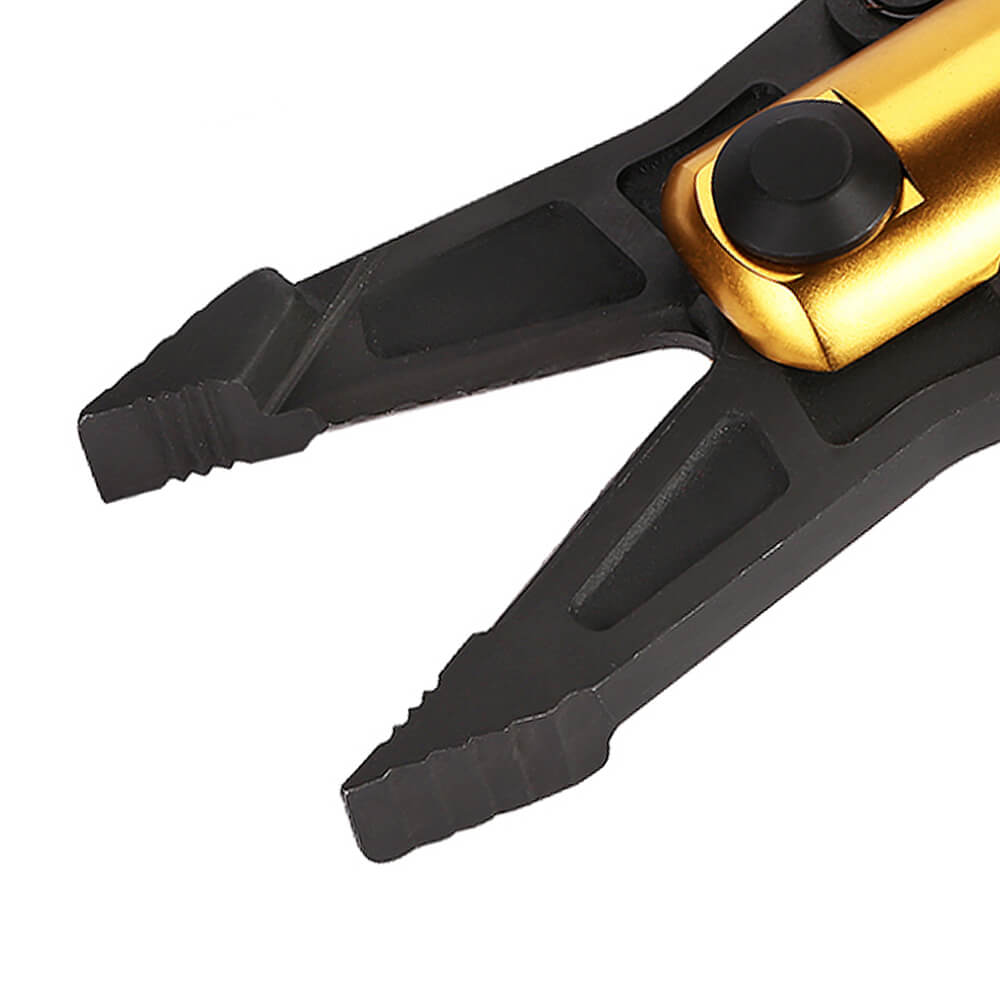- English
- Español
- Português
- русский
- Français
- 日本語
- Deutsch
- tiếng Việt
- Italiano
- Nederlands
- ภาษาไทย
- Polski
- 한국어
- Svenska
- magyar
- Malay
- বাংলা ভাষার
- Dansk
- Suomi
- हिन्दी
- Pilipino
- Türkçe
- Gaeilge
- العربية
- Indonesia
- Norsk
- تمل
- český
- ελληνικά
- український
- Javanese
- فارسی
- தமிழ்
- తెలుగు
- नेपाली
- Burmese
- български
- ລາວ
- Latine
- Қазақша
- Euskal
- Azərbaycan
- Slovenský jazyk
- Македонски
- Lietuvos
- Eesti Keel
- Română
- Slovenski
- मराठी
- Srpski језик
What training is required to use Fire Rescue Tools effectively?

What are the different types of Fire Rescue Tools available?
Fire Rescue Tools come in a variety of designs, each designed for a specific purpose. Some of the common types of Fire Rescue Tools include cutters, spreaders, rams, and saws. Cutters are used for cutting through materials like metal sheets, glass, and wood. Spreaders are designed to expand or push apart materials, while rams are used to push materials apart using hydraulics. Saws, on the other hand, are used for cutting through materials like metal pipes and toughened glass.What are the safety precautions to keep in mind while using Fire Rescue Tools?
Using Fire Rescue Tools requires utmost caution and strict adherence to safety protocols. Some of the safety precautions to keep in mind include wearing protective gear like gloves, helmets, and safety glasses. Additionally, proper training and familiarity with the tools are essential, as untrained users pose a significant risk to themselves and others. Finally, always ensure that the equipment is well-maintained and in good condition before using it.What training is required to use Fire Rescue Tools effectively?
To effectively use Fire Rescue Tools, you need specialized training on the proper use of the tools, safety protocols, and the efficient handling of emergency situations. The training should cover areas like equipment maintenance, working under adverse conditions, and safety procedures for the operator and those being rescued. Additionally, training in teamwork and communication skills is also essential as Fire Rescue Tool operations require a coordinated effort that involves multiple teams and agencies.Conclusion
In conclusion, Fire Rescue Tools are an essential part of any rescue operation during emergency situations. To effectively use them, specialized training is required that covers proper tool usage, maintenance, safety protocols, and efficient handling of emergencies. Wearing protective gear, keeping the equipment well-maintained, and ensuring proper teamwork and communication are necessary to ensure that the operation is successful.Zhejiang Emeads Tools Co., Ltd. is a leading supplier of Fire Rescue Tools and Equipment, committed to providing customers with top-quality products. Our products are designed to meet the highest industry standards and come with extensive warranties to give our customers peace of mind. Contact us today at sales@emeads.com to learn more about our products and services.
Scientific Research Papers:
1. McClintock, R. G., 2013. The Use of Hydraulic Rescue Tools: Injuries and Fatalities. Fire Technology, 49(3), pp.731-745.
2. Baker, E. T., 2019. An Analysis of Fire Department Rescue Tool Training Programs. Journal of Emergency Medical Services, 44(9), pp.23-26.
3. Robinson, J. W., 2012. Firefighter Safety and Rescue Tool Performance. Fire Engineering, 165(7), pp.53-57.
4. Watters, J. M., 2014. The Efficiency of Hydraulic Rescue Tools in Vehicle Extrication. Fire Rescue Magazine, 14(8), pp.32-38.
5. Fonseca, C. D. L., 2018. A Comparative Study of Hydraulic and Battery Operated Rescue Tools. International Journal of Emergency Services, 7(1), pp.1-8.
6. Abdo, G. J., 2016. Factors Affecting the Usability of Rescue Tools During Emergency Situations. Journal of Safety Research, 50, pp.11-16.
7. Thompson, D. C., 2015. Optimal Rescue Tool Procurement Strategies for Fire Departments. Journal of Fire Protection Engineering, 25(2), pp.123-134.
8. Martínez, J. J., 2011. The Effect of Training on the Efficiency of Rescue Tools. Journal of Emergency Management, 9(1), pp.77-85.
9. White, K. D., 2017. Rescue Tool Safety and Ergonomics: An Analysis of Workplace Injuries. Journal of Occupational Health and Safety, 33(4), pp.128-135.
10. Chen, T. S., 2016. A Study of the Compressive Strength of Different Materials for Use in Rescue Tool Design. Advances in Materials Science and Engineering, 2016, pp.1-8.



